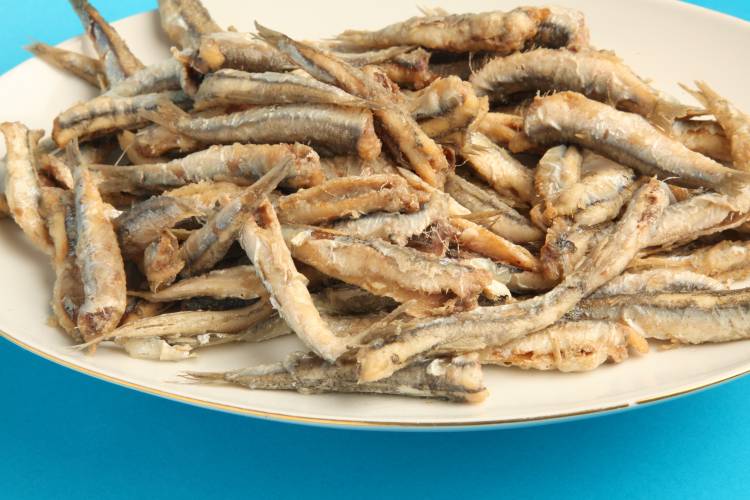Oily fish: list of species and their properties
Blue fish, also known as fatty fish, is rich in Omega3 and a very healthy food. We tell you what varieties of fish correspond to this type, its characteristics and benefits.
Fish is one of the staples of the Mediterranean diet, as well as being one of the healthiest and most nutritious foods. Fish is one of the main sources of polyunsaturated fatty acids. The most well known in this category is Omega-3, fats that help to prevent cardiovascular conditions by reducing blood pressure, increasing good cholesterol and reducing bad cholesterol and triglycerides.
Fish can be split into two large groups, white fish and oily fish, although these categories are not well defined since the level of fat can vary greatly according to various factors (time of year, reproduction). This grouping is based on nutritional rather than biological factors. Oily fish have an intramuscular fat proportion of over 5%. On the other hand, white fish have a proportion of only 2%. There is a middle group, semi-oily fish, such as sea bass or sea bream, which contain between approximately 2% and 5% fat.

Main types of oily fish
• Tuna
• Sardine
• Mackerel
• Bonito
• Anchovy
• Salmon
• Herring
• Trout
• Eel
• Conger eel
• Dogfish
• Swordfish
• Turbot
• Horse mackerel
Four servings of fish per week
Oily fish is also rich in high biological value proteins, such as essential amino acids, which are necessary for the body to function properly. Nutritionists recommend eating three or four portions of fish per week, two or three of oily fish and between one and two of white fish, which equates to eating around 700-800 grams of fish per week.

Market fresh fish!
What do you think about?
Share comments, opinions and tricks with the Community







